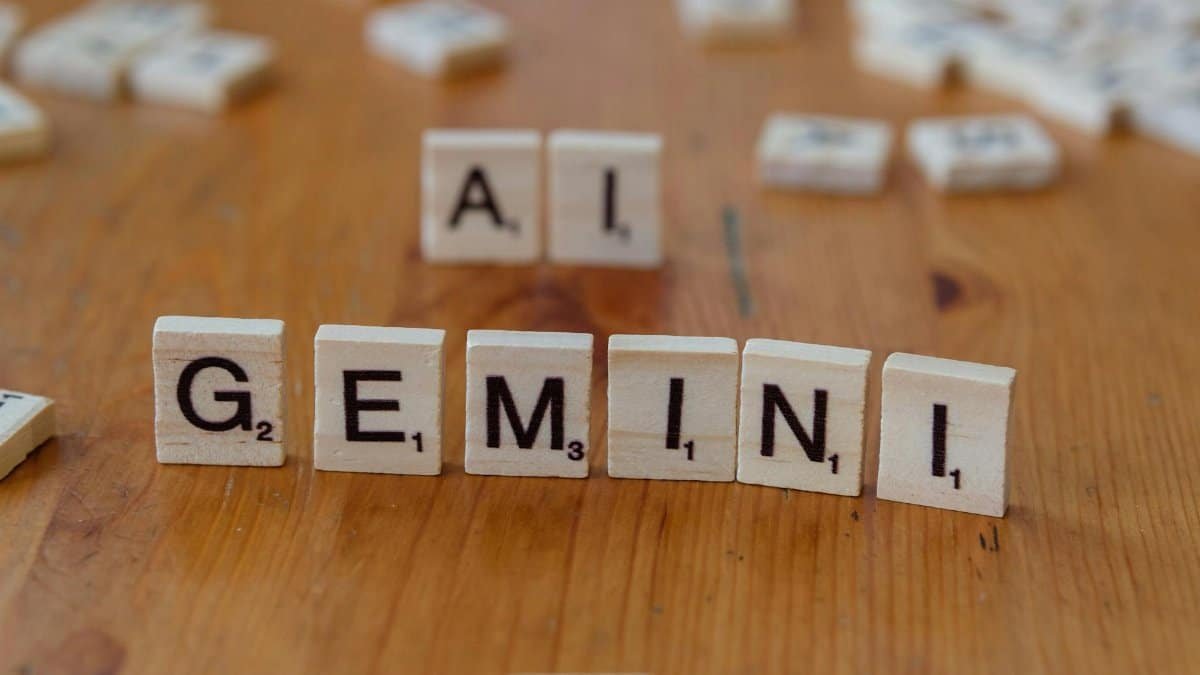A recent study from the National Institutes of Health found that nearly 18 percent of American adults practiced some form of meditation in 2022, a sharp rise from just 4 percent two decades earlier. This surge reflects a growing recognition of its potential to quiet the mental chatter that plagues so many in our always-on world. As workplaces demand more and families stretch thinner, people are turning to meditation not as a fleeting trend, but as a tool for real resilience. Yet what exactly unfolds in the mind and body during these moments of intentional pause? Far from mere relaxation, the practice triggers profound changes, from rewiring neural pathways to easing physical tensions. In an era where stress-related illnesses are on the rise, understanding these effects could reshape how we approach everyday well-being. This exploration delves into the science and stories behind meditation’s quiet power, offering insights for those curious about its transformative reach.
The Brain’s Response to Stillness

When someone sits down to meditate, the brain doesn’t just idle. It undergoes a fascinating shift. Neuroscientists have observed increased activity in regions associated with attention and emotional regulation. For instance, the prefrontal cortex, that executive hub for decision-making, lights up more vividly after consistent practice. This isn’t abstract theory. Picture a busy parent in Chicago, juggling remote work and homeschooling, who starts with just ten minutes a day. Over weeks, she notices sharper focus amid the chaos. Research from Harvard Medical School supports this, showing how mindfulness meditation thickens the prefrontal cortex while shrinking the amygdala, the fear center. Such changes explain why meditators often report feeling less reactive to stressors. It’s as if the brain learns to surf waves of anxiety rather than drown in them. But these benefits build gradually, demanding patience in a culture hooked on quick fixes.
Delving deeper, brain scans reveal heightened gamma wave activity during meditation, linked to moments of insight and heightened awareness. One anonymized account from an online discussion captured this vividly: a veteran teacher described how, after months of practice, scattered thoughts coalesced into clear ideas, transforming lesson planning from drudgery to inspiration. Studies like those from the Harvard Gazette highlight how these neural adaptations can alleviate symptoms of depression, offering a non-pharmacological boost to mental health.
Physical Health Benefits Unveiled

Beyond the mind, meditation’s ripple effects touch the body in unexpected ways. Blood pressure drops, inflammation markers decrease, and even immune function gets a lift. Consider the heart: regular practitioners show lower rates of cardiovascular issues, according to data from the American Heart Association. It’s not magic, but a chain reaction starting with reduced cortisol levels, that notorious stress hormone. In one study, participants who meditated for eight weeks experienced measurable improvements in heart rate variability, a key indicator of resilience to stress.
This physical recalibration extends to pain management. Chronic sufferers, like those with arthritis, often find relief through focused breathing techniques. A report from the National Institutes of Health details how such practices modulate pain perception by altering brain signals. Imagine an office worker in New York, plagued by migraines, who integrates short sessions into her lunch break. Gradually, the headaches lessen, not vanishing entirely but becoming manageable. These stories underscore meditation’s role in fostering a healthier body, one breath at a time, especially as U.S. health trends in 2025 point toward integrative approaches amid rising healthcare costs.
Emotional Equilibrium and Stress Reduction

Stress weaves through modern life like an unwelcome thread, but meditation offers a way to unravel it. Practitioners frequently describe a newfound emotional balance, where anger flares less intensely and joy lingers longer. This stems from enhanced self-awareness, allowing people to observe emotions without immediate reaction. A compelling quote from a wellness coach echoes this: “It’s like watching clouds pass instead of getting caught in the storm.”
Yet achieving this isn’t always straightforward. Early attempts can stir up buried feelings, leading to temporary discomfort. Research from the University of California, Davis, explores this duality, noting that while most benefit, some face initial turbulence. Their findings, available through the Greater Good Science Center at UC Berkeley, emphasize starting small to build tolerance. In bustling cities like Los Angeles, where burnout is rampant, such strategies are gaining traction, helping individuals reclaim calm amid the frenzy.
Meditation’s Role in Daily Life

Integrating meditation into routines transforms it from an isolated activity to a life enhancer. For many, it starts with morning sessions that set a grounded tone for the day. Others weave it into commutes or bedtime rituals, turning mundane moments into opportunities for presence. This adaptability makes it accessible, even for skeptics wary of spiritual connotations.
Take the case of a tech entrepreneur in Silicon Valley, who swapped endless scrolling for guided apps during breaks. What began as a productivity hack evolved into deeper self-reflection, improving relationships and creativity. Trends in 2025 suggest more workplaces are encouraging this, with companies offering meditation rooms to boost employee well-being. But the real magic lies in its subtlety: no grand overhauls required, just consistent, quiet commitment.
Common Misconceptions Debunked

One persistent myth is that meditation demands emptying the mind completely, a feat that frustrates beginners. In reality, it’s about gently redirecting wandering thoughts, not banishing them. Another misconception paints it as a religious practice, alienating secular audiences, yet many forms are purely mindfulness-based, rooted in science rather than faith.
Addressing these head-on, experts point to evidence from the American Psychological Association, which clarifies meditation’s broad applications. By dispelling these notions, more Americans are dipping in, discovering it’s less about perfection and more about persistence. This shift is evident in diverse communities, from suburban book clubs to urban gyms, where varied practices demystify the process.
Getting Started: Simple Techniques

Beginners often thrive with breath-focused methods. Sit comfortably, close your eyes, and count inhalations to ten, restarting as needed. This builds concentration without overwhelm. Apps and online guides abound, but simplicity reigns: no fancy cushions required.
For variety, try body scans, mentally sweeping from toes to head, noting sensations. One newcomer shared anonymously online how this revealed hidden tensions, leading to better sleep. As 2025 brings more digital tools, blending tech with tradition eases entry, making meditation a staple for mental clarity in hectic times.
Long-Term Transformations

Over years, meditation fosters profound shifts. Compassion expands, not just toward others but oneself, reducing self-criticism. Relationships deepen as empathy grows, a boon in an increasingly isolated society. Scientifically, longitudinal studies show sustained brain plasticity, with benefits compounding like interest in a savings account.
Reflect on a retiree in Florida who, after decades of practice, navigates aging with grace, crediting meditation for emotional resilience. Such narratives highlight its enduring impact, encouraging a lifelong journey rather than a quick fix.
Scientific Backing and Research Insights

The evidence base for meditation continues to grow. Meta-analyses confirm its efficacy in reducing anxiety and enhancing focus. Institutions like Johns Hopkins University contribute robust data, linking practice to better sleep and lower depression rates.
Emerging research explores its effects on gene expression, suggesting epigenetic changes that promote health. While not a cure-all, these insights position meditation as a vital complement to traditional medicine, particularly as U.S. wellness trends evolve in 2025 toward preventive strategies.
